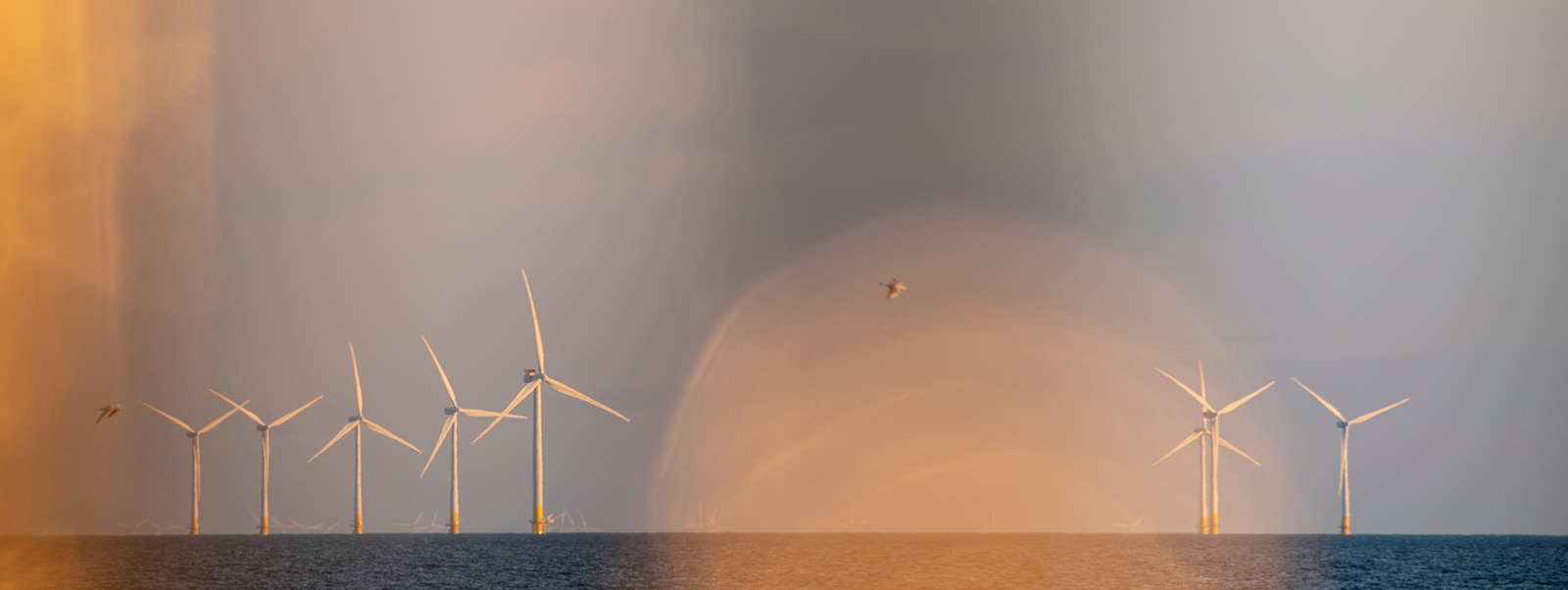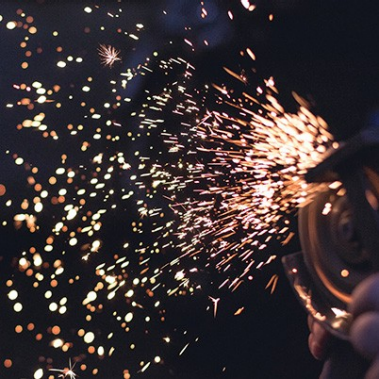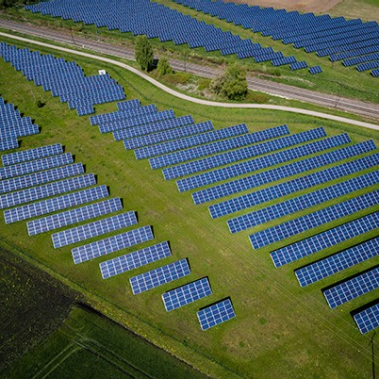Global wind energy generating capacity is expected to grow by 50 gigawatts in 2020 and nearly 200 GW by 2025, according to the US Energy Information Administration. As the demand for wind power grows, original equipment manufacturers (OEMs) have responded with larger, more efficient, and more reliable wind turbine models. That’s a net positive for the industry, but with much of this technology unproven, it’s creating some risk and insurance challenges that wind players must overcome.
Construction Insurance not Designed for R&D
The development timeline for wind turbines has significantly shortened in recent years, with some major OEMs planning for a year or less between turbine iterations. Wind farm projects often have very long, multiyear development timelines, meaning developers choose wind turbines well before the turbines are available or proven.
As a result, these wind turbines may have little or no operating history, making any potential risk impossible to assess from an insurer’s perspective. To aid the underwriting of prototype turbine risks, construction and energy insurers rely on international standards developed by the International Electrotechnical Commission (IEC) that reflect detailed judgments of a wind turbine’s safety, reliability, performance, testing, and interaction with electrical power networks.
This certification gives insurers the confidence to provide coverage for damage resulting from design and manufacturing defects. That’s in addition to other perils that could befall a large wind farm, including natural catastrophes and the failure of critical pieces of infrastructure.
The Highs and Lows of Project Finance
Many renewable energy developments would be unprofitable without project finance, the unique characteristics of which have helped drive the ongoing energy transition.
In many renewable project finance deals, revenues form a part of the loan collateral, and the early phase of projects may have very thin margins. Consequently, lenders and their insurance advisors often require that projects secure coverage to protect revenue against delays or losses.
If a wind project has insurance without coverage for design defects, a major gap exists from the lender’s perspective. In cases where prototype technology is used, it can be very difficult for OEMs and project developers to complete financing. That could lead to delays, pressure to renegotiate contracts, or — in a worst-case scenario — derail a project entirely.
Current insurance market conditions are exacerbating these challenges. For example, as the commercial market has grown more difficult, terms and conditions that were once available for prototype or unproven models are no longer on the table.
Options for Risk Professionals
In instances when a wind turbine’s track record leaves underwriters with questions about research and design risks, project risk professionals can take action, including:
- Engaging in detailed market presentations to insurers. Risk professionals can work with their brokers to deliver detail about wind turbine models, including their designs, operational histories, and tours of manufacturing/operational facilities. Providing additional insight beyond what is publicly available can boost insurers’ confidence and improve the chances of securing desired coverage and more favorable terms and conditions.
- Renegotiating warranty and contract terms to adapt to lenders’ requirements. A warranty’s specific language will dictate the point at which insurance kicks in and can be the key element in completing a project deal. Liquidated damages or other payments in contract terms can also be used to reduce insurance market exposure, while standing by a wind turbine’s reliability.
- Exploring captives and other bespoke insurance solutions. A captive can help reinsure a backstop to extended warranty coverage, or allow wind turbine manufacturers to provide some insurance coverage themselves for prototype design defects. For OEMs concerned about construction and certification timelines, your broker can also help you evaluate solutions to hedge the financial risk of a delayed type certificate or warranty risk.
Advancements in technology are fueling opportunities for the wind power industry to grow in the years ahead, but could present additional risk. Risk professionals should work with their advisors to improve underwriters’ comfort level, optimize contractual language, and explore alternative solutions to help projects move forward.



